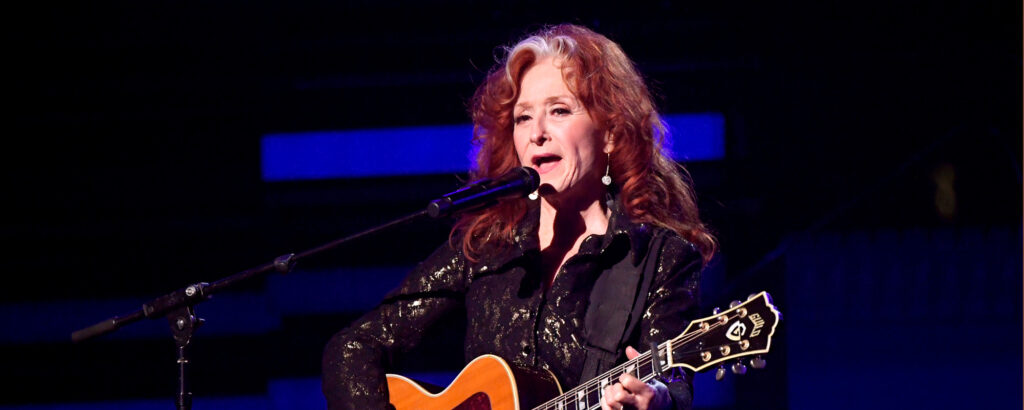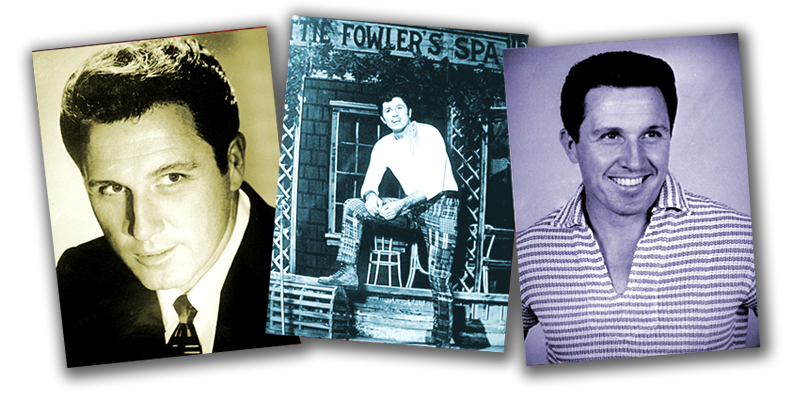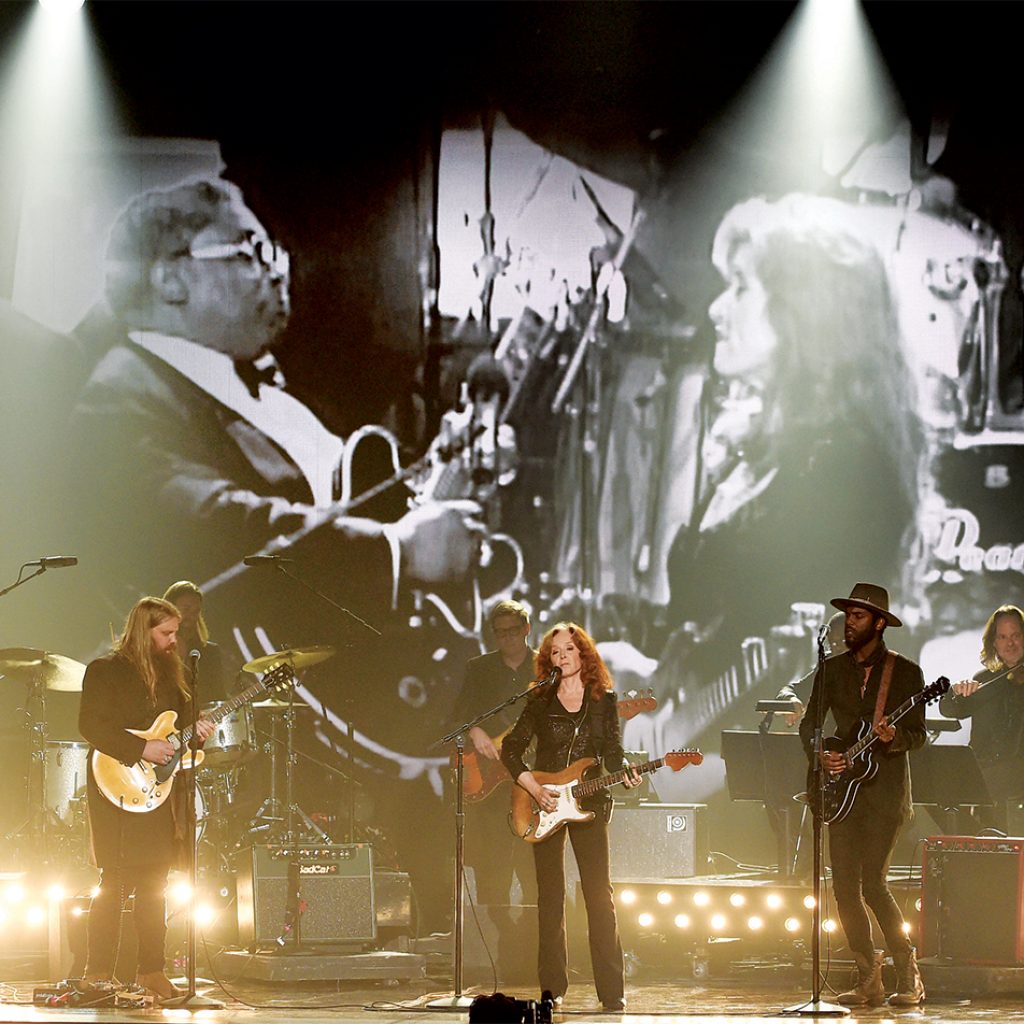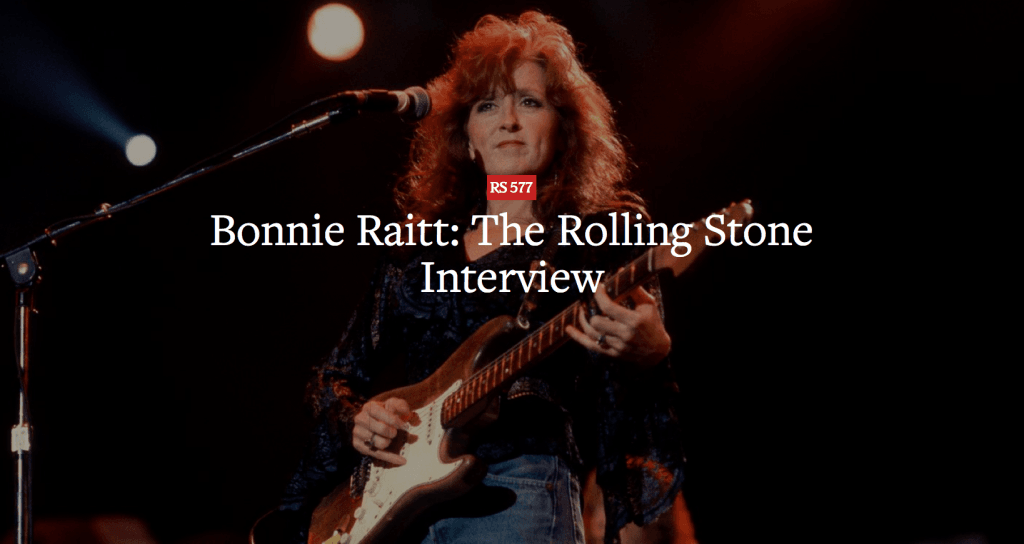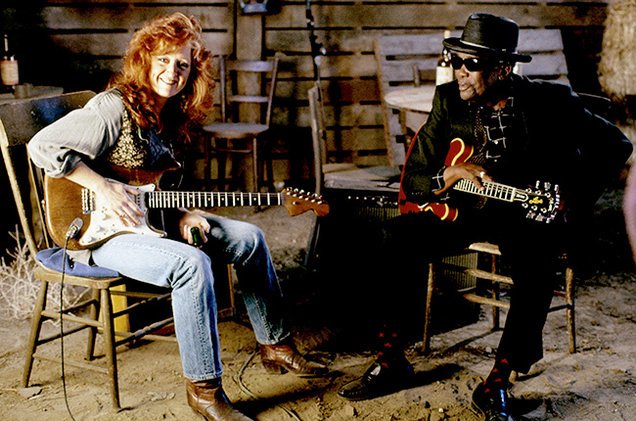by Zach Zwagil
June 12, 2009
Following the 1970 deaths of Janis Joplin and Jimi Hendrix, modern blues had suffered immeasurable loss. Furthermore, with the end of Cream in 1969, popularized blues forms were severely lacking, especially amongst the females, who had mostly established themselves in pop soul, the softer side of folk rock, and early a.m. pop. So, in comes a young Bonnie Raitt to keep her beloved blues alive, and to show the white girls how it’s done.
In 1971, Bonnie Raitt released her eponymous debut album, Bonnie Raitt, ensuring her a place amongst the best of the 70s.
This was not the psychedelic electric blues of her aforementioned brethren. This was a return to roots with a hint of the smoothness of the 70s. The wailing of the electric guitar is replaced with honky tonk piano, rustic down home acoustic guitar, swampy harmonica, and sex-infused horn blasts. What you get is the feeling of a late night stroll down Bourbon Street and a chance stumbling into a blues club full of perfectly greasy sleaze and southern fried attitude.
The album begins with “Bluebird”, a song Stephen Stills wrote for his Buffalo Springfield’s Buffalo Springfield Again from 1967. The track’s unpolished blues band intro screams of the 1950s Chess era. Raitt’s vocal is first heard and immediately apparent is how well-studied she is in the blues tradition. Her inflections are appropriate, unpretentious, and deep from the pit of her gut – much unlike the average modern R&B run. At halfway, we are presented with a combo of scat singing and lustful horn drives, perfectly accenting the melody.
Tradition is renewed on the Ray Charles-style “Mighty Tight Woman”, with its 12-bar piano blues shuffle. Written in 1926 by the early feminist blues singer Sippie Wallace, the absolutely sleazy yet heartfelt lyricism of “If you’re a married man/You ain’t got no business here/Cause when you’re out with me/I might make your little wife shed a tear/Cause I’m a mighty tight woman/There ain’t nothing, nothing that I fear” is accompanied by a piano-acoustic guitar interlude later joined by deep Delta-derived harmonica. Raitt’s vocal is pure seduction, leaving little to the imagination; yet, no one’s complaining and no one should.
Hormones are relaxed for the subsequent Raitt-written “Thank You”, whose gushing sincerity and gratitude will ease the censors off of Raitt’s back and let her continue. The track drops the blues band grit for a more 70s smoothened soul, with instruments downplayed, providing a backdrop for Raitt’s vocal ability. Not to mention, a rarely heard blues element in Maurice Jacox’s flute being used as a key solo instrument – a nice change up from the standard protocol.
Southern swagger intermingles again in “Finest Lovin’ Man” and “Big Road”, separated by the singer-songwriter folky blues of “Any Day Woman”. “Finest Lovin’ Man” is the second Raitt-written track, serving as a sermon to her fellow women about the methods by which to have themselves the finest kind of lovin’ man – and with Junior Wells on harp, you’re bound to have a foot-stomping good time on your hands. Raitt reworks a Paul Siebel original from his 1970 debut album Woodsmoke and Oranges on “Any Day Woman” and the Tommy Johnson Delta blues standard “Big Road Blues” on “Big Road”. Raitt’s influences are vast but focused, further demonstrating knowledge not only of the art form but of its predominant figures and the basis for that predominance.
The second half of the album is further reworkings, with tracks ranging from the earliest of blues musicians to Motown standards to jazz bandleaders. “Walking Blues” is of course a cover of the 1939 Robert Johnson classic, this time with Raitt on acoustic slide guitar and again joined by Junior Wells’ blues harp prowess. She takes a cue from the 1965 Marvelettes single “Danger! Heartbreak Dead Ahead”, stripping it of its Motown sheen and dressing it in her special sauce of country-fried blues swagger; yet, with any Motown song, the arrangements are so perfect that even an original reworking can’t entirely escape the Motown touch. Bandleader Buddy Johnson’s 1945 pop jazz standard “Since I Fell For You” becomes her next project, again demonstrating her ability to rearrange even the most lauded standards in her image, faithfully bringing to life the original’s essence in her own colorful way.
Before the album’s strong feminist blues close with “Women Be Wise”, we take a folky detour with “Spider” John Koerner and Willie Murphy’s 1967’s “I Ain’t Blue” from their debut duet album Running, Jumping, Standing Still – a foray into the side of blues that might fit best with Raitt’s folk personality and upbringing. To close out the album, Sippie Wallace’s work returns with another soulful blues sermon on “Women Be Wise”. Raitt’s vocal strutting is perfectly suited for the feminine attitude that oozes from every crevice of this rustic blues beauty of a song.
Now, while Bonnie Raitt wrote only two of the tracks on this album, we see her expertise in her ability to arrange a classic in her own image. It just goes to show that songwriting is not limited to the ability to compose a lyrical work, but includes the ability to compose an instrumental work, a sometimes-overlooked art.
With her eponymous debut album, Bonnie Raitt made sure that the boys of the 70s knew that the women could swagger with the best of them.
Source: © Copyright Examiner.com





 Visitors Today : 30
Visitors Today : 30 Now Online : 0
Now Online : 0






